- News
- Reviews
- Bikes
- Accessories
- Accessories - misc
- Computer mounts
- Bags
- Bar ends
- Bike bags & cases
- Bottle cages
- Bottles
- Cameras
- Car racks
- Child seats
- Computers
- Glasses
- GPS units
- Helmets
- Lights - front
- Lights - rear
- Lights - sets
- Locks
- Mirrors
- Mudguards
- Racks
- Pumps & CO2 inflators
- Puncture kits
- Reflectives
- Smart watches
- Stands and racks
- Trailers
- Clothing
- Components
- Bar tape & grips
- Bottom brackets
- Brake & gear cables
- Brake & STI levers
- Brake pads & spares
- Brakes
- Cassettes & freewheels
- Chains
- Chainsets & chainrings
- Derailleurs - front
- Derailleurs - rear
- Forks
- Gear levers & shifters
- Groupsets
- Handlebars & extensions
- Headsets
- Hubs
- Inner tubes
- Pedals
- Quick releases & skewers
- Saddles
- Seatposts
- Stems
- Wheels
- Tyres
- Health, fitness and nutrition
- Tools and workshop
- Miscellaneous
- Tubeless valves
- Buyers Guides
- Features
- Forum
- Recommends
- Podcast
 Tour de France 2020 Pogacar Yellow Colnago 2
Tour de France 2020 Pogacar Yellow Colnago 210 things you (mostly) only see on pro race bikes
Go to the Tour de France and nose around the bikes before the stage and you'll start to spot some things that make a pro race bike a bit different from the one you ride. The differences probably aren't as noticeable as 10-20 years ago, but there are a few details that we've picked out below.
Top tube name sticker
You always see a sticker with the name of the pro racer that the bike belongs to on the top tube of the frame. Sometimes it’s accompanied by a country flag or an Instagram handle. It makes it easy for spectators and mechanics to know which bike belongs to who when parked up against the team truck or cafe window.
We're even starting to see names on components, especially wheels. Mechanics add name stickers to wheels clearly intended to make it easier to identify the right wheels for the right bike. The wheels are all identical obviously so it makes little difference, but it might be because each rider has a tyre pressure preference so this is perhaps one way of ensuring each rider gets the right tyre pressure?
You can get a set for your own bike if you want that pro touch. Flandria will do you 4 for £7.99.
A number plate
There might be calls for number plates to be required by cycle commuters, but pro racers already ride with a number plate. It's typically attached to the rear brake with a special adapter, but sometimes it's fixed to the seatpost. Along with jersey numbers, it makes it a bit easier to distinguish a rider in a bunch, especially when the weather is really bad and that rider is wrapped up in a jacket or two. It’s also useful for a team mechanic when arranging the spare bikes on top of the team car.
Slammed and long stems
If there’s anything that sets a pro race bike apart, it’s the penchant for incredibly long and slammed stems. Pro racers like to get very low at the front, for aerodynamics, and they like to stretch out, too. In the olden days, racers would have steel frames custom-built to fit, but these days most pros have to fit a stock carbon frame size. That often means a racer will ride a smaller size frame to get a low head tube height and sort the reach out with a frankly ridiculous length stem, with 140mm quite common and even 150mm stem occasionally spotted.
It’s worth remembering that the colossal hours of riding the pros clock up every year means they can maintain a position that might have us phoning for a chiropractor after 30 minutes in the same position. That’s why you should never emulate the bike fit of a professional, but instead get a bike fit that is right for you.
Super clean cassettes
Cassettes so clean you could eat your dinner off. Pro bikes are cleaned after every single training camp ride and race so they’re always immaculately clean, there’s never the chance for grime and dirt to accumulate on any of the moving parts. During the bigger races, bar tape is sometimes replaced daily so the bikes always look like they’ve just rolled off the shop floor. Chains are frequently replaced, nothing is left to wear out.
Well, that is the case if you look at a pro bike at a race or training camp. When they're getting the miles in at home, pro bikes might not be so clean!
Tubular tyres (still!) and special rubber
Most of us regular cyclists use clincher tyres which are easy to remove for inner tube changes, or we go tubeless; howver on pro bikes you'll still find teams riding on tubular tyres, though tubeless setups are becoming more common each season. Tubulars require the tyre to be glued to the rim and this is still just about the lightest setup, because the rim construction is simpler. In a sport obsessed with weight (though limited by the UCI’s 6.8kg weight limit) every little bit of weight can make a difference.
It’s not just the weight, as one of the key reasons that pros still use tubular tyres is because you can still ride with a flat tyre. A punctured tubular tyre won’t fall off the rim, so a punctured tubular tyre can still be ridden on, at reduced speed, usually long enough to receive a spare wheel from the following team car or neutral support.
With the increased use of tubeless tyres, you'll find that lots of teams are using tubeless inserts to offer similar security to tubulars.
There are other reasons. Many racers will tell you they prefer the more supple ride feel of a tubular tyre as well. Tubular tyres also accommodate higher pressures and pro racers will run up to 140 psi if the road conditions are good enough.
All that said, we're starting to see clinchers and tubeless tyres become a bigger presence in pro races. That's particularly true in time trials, because there is plenty of data to show that rolling resistance is lower with a tubeless tyre compared to a tubular. In a flat time trial that makes more difference than a few grams of extra mass.
One thing that the pros still have relatively exclusive access to is special tyres. Continental's Competition Pro Ltd tubulars were once really hard to get, but they can now be found pretty easily thanks to proowned.com.
If you see a tyre with the logo covered in Sharpie, however, that's likely to be a prototype or simply something that the team's actual tyre sponsor wouldn't like the rider to be using.
Precise bike setup
This isn’t the most obvious thing you spot on a pro race bike, but the position of the saddle and handlebar is measured to absolute precision. There’s no guesswork with saddle height, stem length or handlebar drop, it’s all based on professional bike fits at the beginning of the season, along with a dose of personal preference based on the many hours of training and racing a pro does.
Classic, deep round handlebars
Pro bikes these days usually feature an integrated front end and so you'll find a one-piece carbon bar/stem. It's all about chasing those last few precious watts, but look closer at some of the bars and you might see a difference to the ones that you and I can buy in the shops.
Classic drops have always been a favourite of the pros as they offer a deep drop with extra reach compared to the compact bars that manufacturers tend to stick to now. It takes good flexibility to use the drops here but if you're a pro that rides 30 hours per week, that shouldn't be an issue.
If you're after a set of these deep bars for your own bike then again, proowned.com is a great place to pick up old stock from pro race teams.
Custom saddles
We don't see this as much lately, which is a shame. The saddle is ripe for customisation as it’s a large canvas for a bit of creativity, and it’s relatively easy and cheap to do. And it's a good way of getting a bit of exposure in a cycling magazine because for some strange reason we always photograph the saddles. But we didn't see any at our last visit to the Tour which is a crying shame, so here's one from a couple of years ago.
You do however sometimes see riders using saddles from other brands that the team aren't sponsored. Like this Fizik saddle being used by Vincenzo Nibali instead of the Prologo saddle he should have been using during his time on Bahrain-Merida.
Which way is it?
Pros race on closed roads so don't have to worry about navigation (well, except when they do), but you very often see small bits of paper marked with notable hills, cobbles, sprints or feed stations, taped to the stem or top tube. It provides the racer with a quick glance at any upcoming challenges so they can be in the right position in the bunch to serve their duties that day, whether it's leading coming into a cobbled section of the foot of a climb. But in a sport packed with cutting-edge technology, it does look a bit odd. There must surely be a better way?
Power meters
Measuring power has become a critical part of pro racing these days. It provides much more efficient training, lets a rider target a key power output in a time trial or measure their effort in a breakaway, and helps analyse the stage in terms of energy used and other key metrics.
To be fair, this is one piece of pro gear that has seen widespread adoption among non-professional riders too as we look for ways to make the most of our limited training time.
David worked on the road.cc tech team from 2012-2020. Previously he was editor of Bikemagic.com and before that staff writer at RCUK. He's a seasoned cyclist of all disciplines, from road to mountain biking, touring to cyclo-cross, he only wishes he had time to ride them all. He's mildly competitive, though he'll never admit it, and is a frequent road racer but is too lazy to do really well. He currently resides in the Cotswolds, and you can now find him over on his own YouTube channel David Arthur - Just Ride Bikes.
Latest Comments
- wtjs 4 sec ago
they always strike me as being overpriced for the hardware...
- hawkinspeter 35 min 30 sec ago
What's that? A mobile home for squirrels?
- mark1a 57 min 18 sec ago
Brompton however....
- Backladder 1 hour 8 min ago
While original sash windows are nice they make it very hard to keep the house warm, we eventually went for upvc double glazed sash window...
- wtjs 1 hour 26 min ago
The UK's 'Active Travel' checklist seems to be:...
- Andrewbanshee 2 hours 31 min ago
As you said the pedals will be hidden anyway. My shoes, 3 pairs of them, have reflective strips on the heel and my winter trousers do too on the...
- Steve K 2 hours 32 min ago
Other drivers only care about disabled people when it gives them a way to object to cycling infrastructure.
- mark1a 10 hours 35 min ago
I'll put you down as a no then.
- chrisonabike 16 hours 2 min ago
Well if you *can* interview the original riders at all surely they worked, at least?...
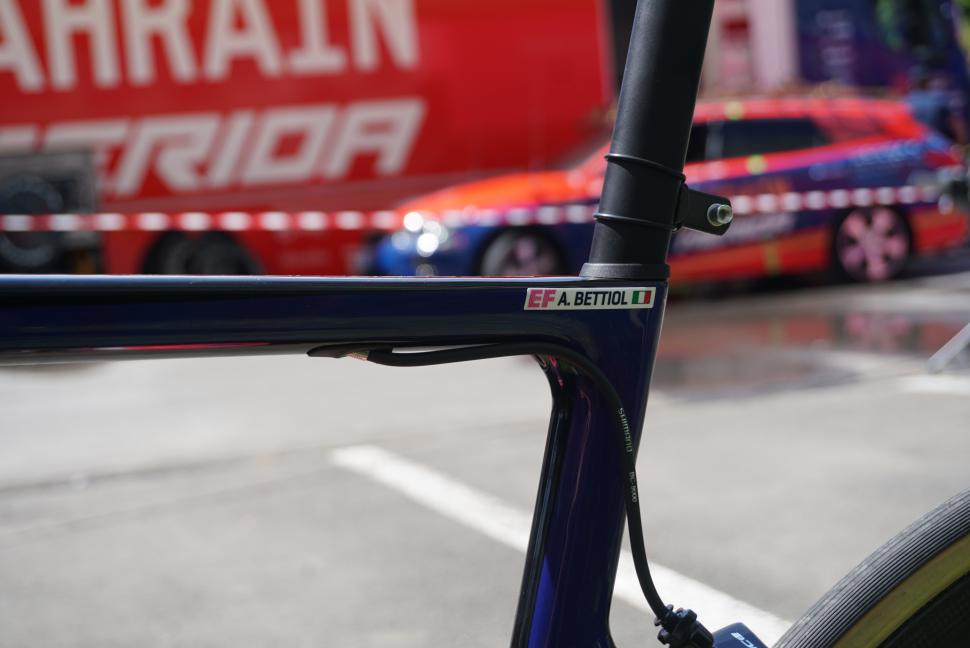
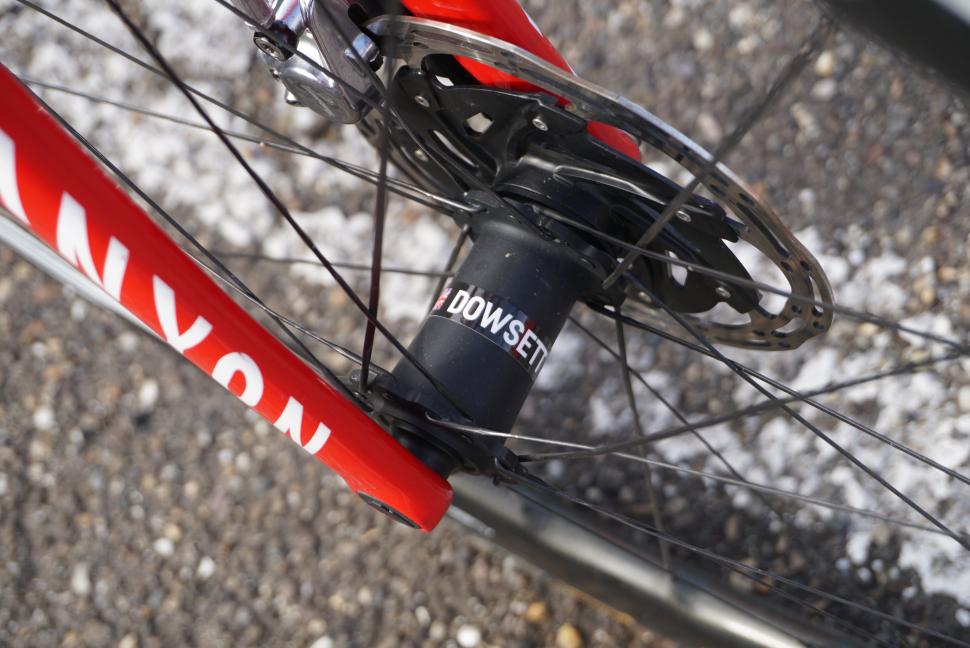
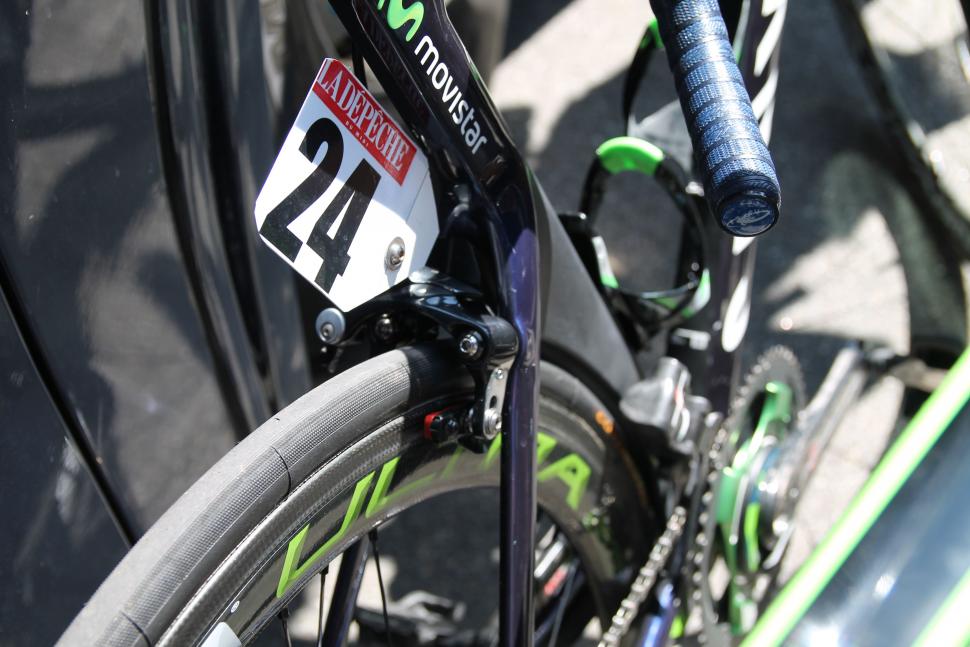



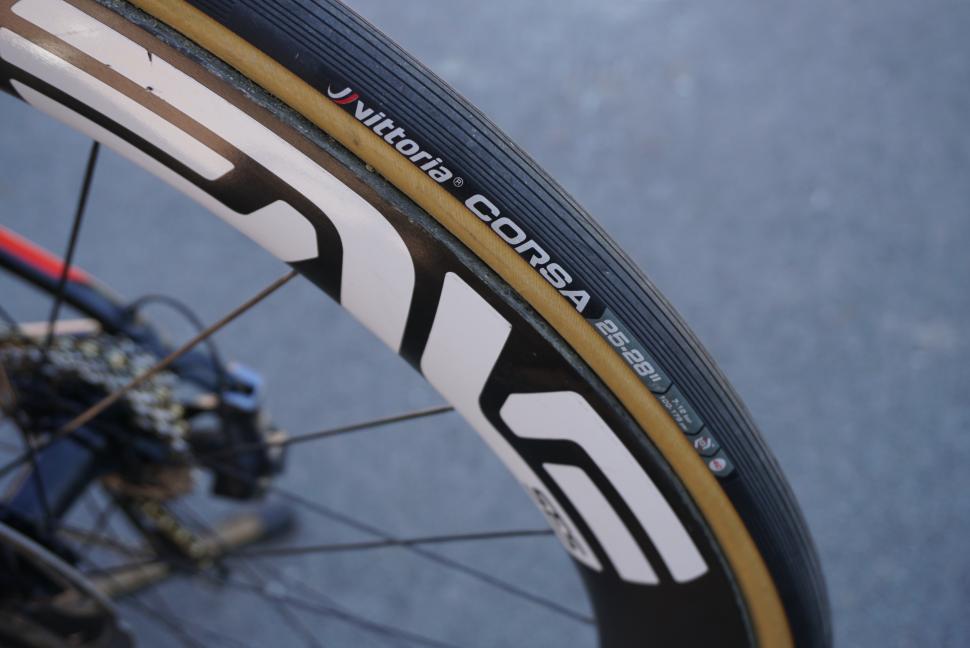
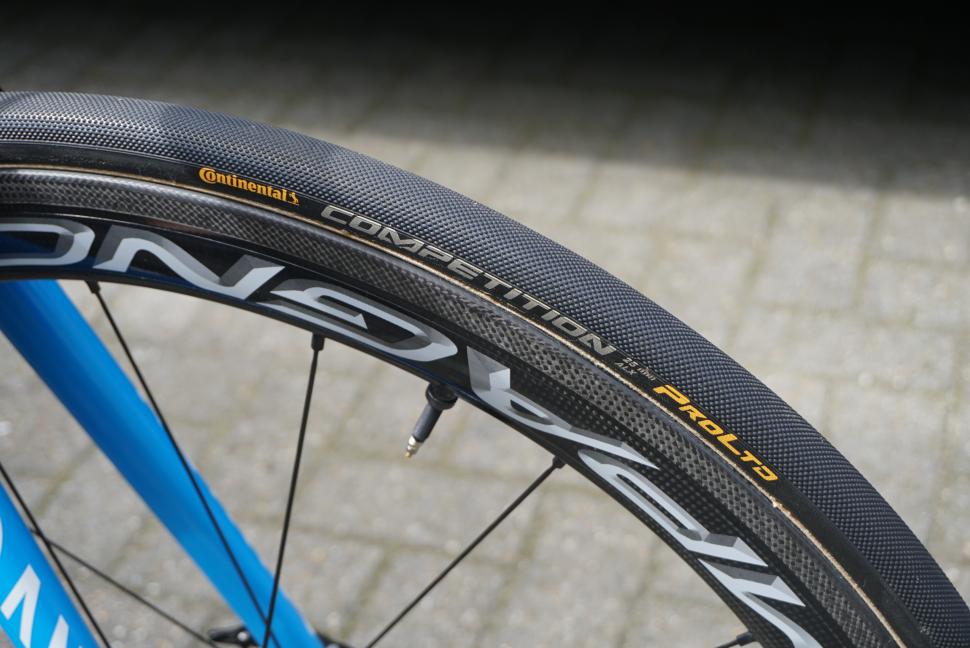

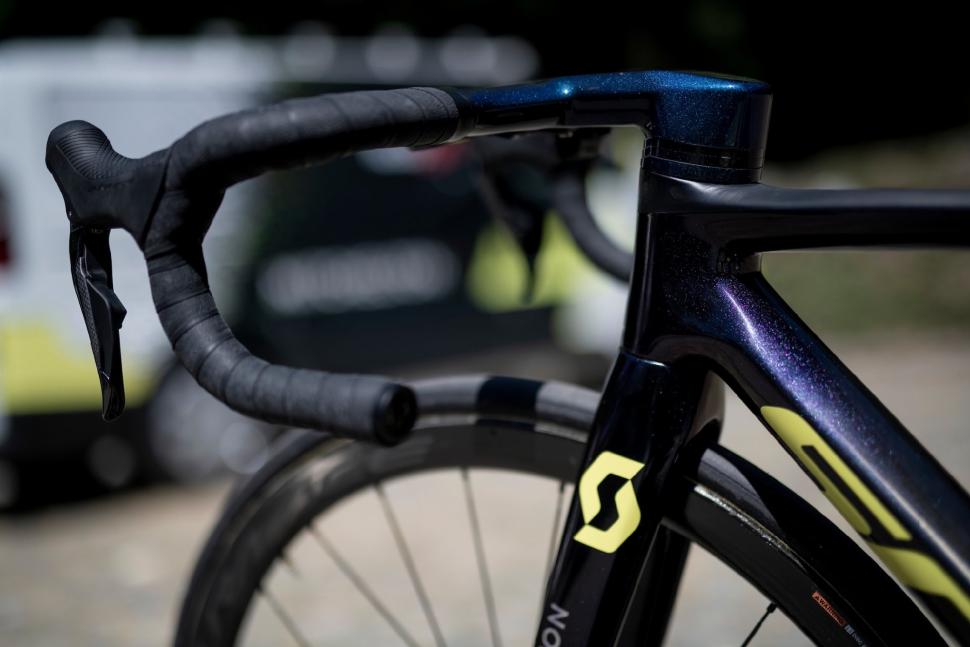

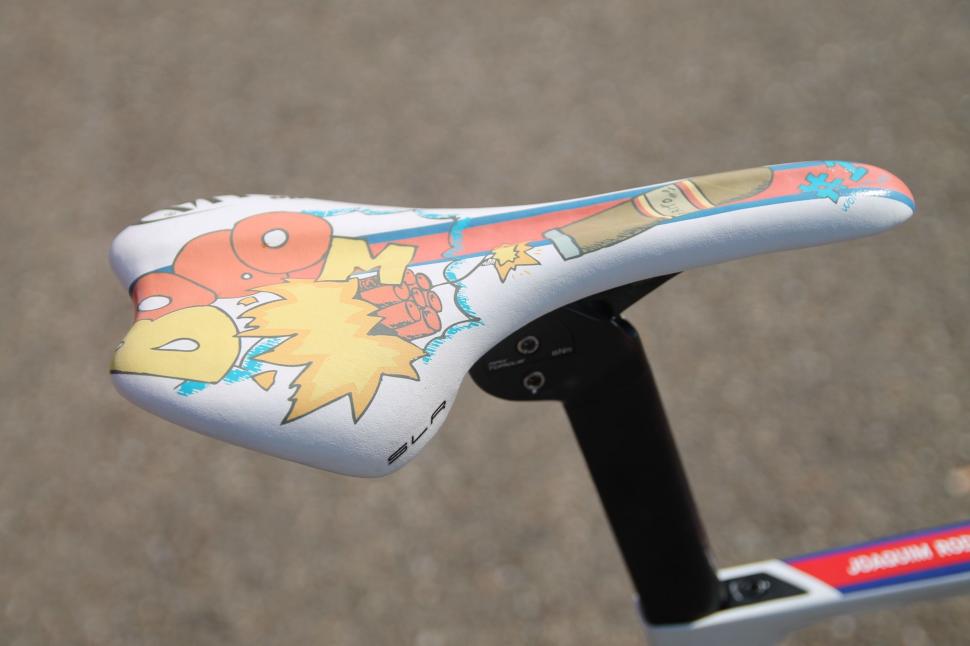

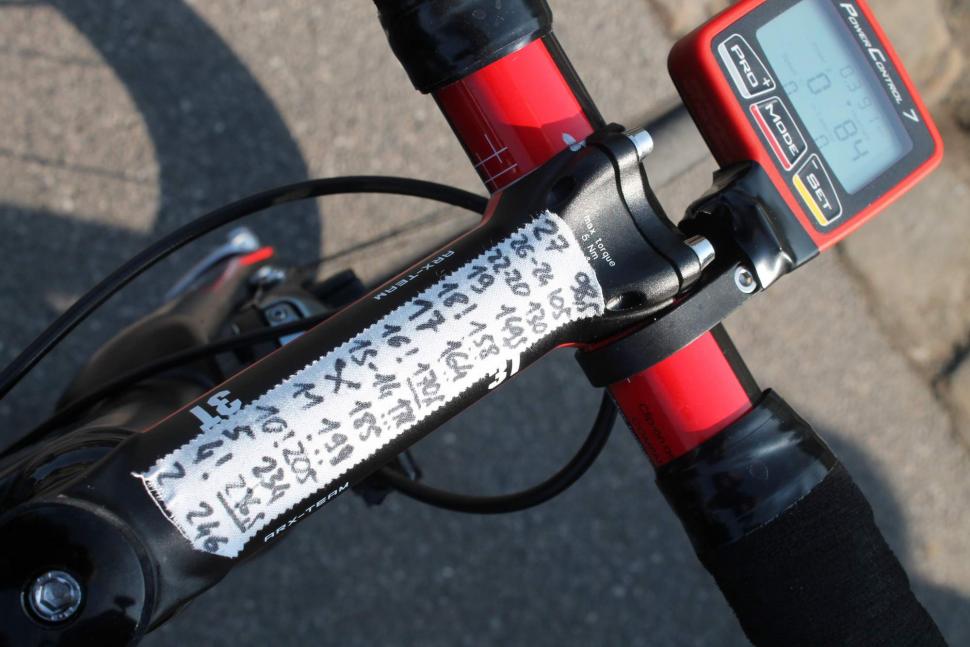
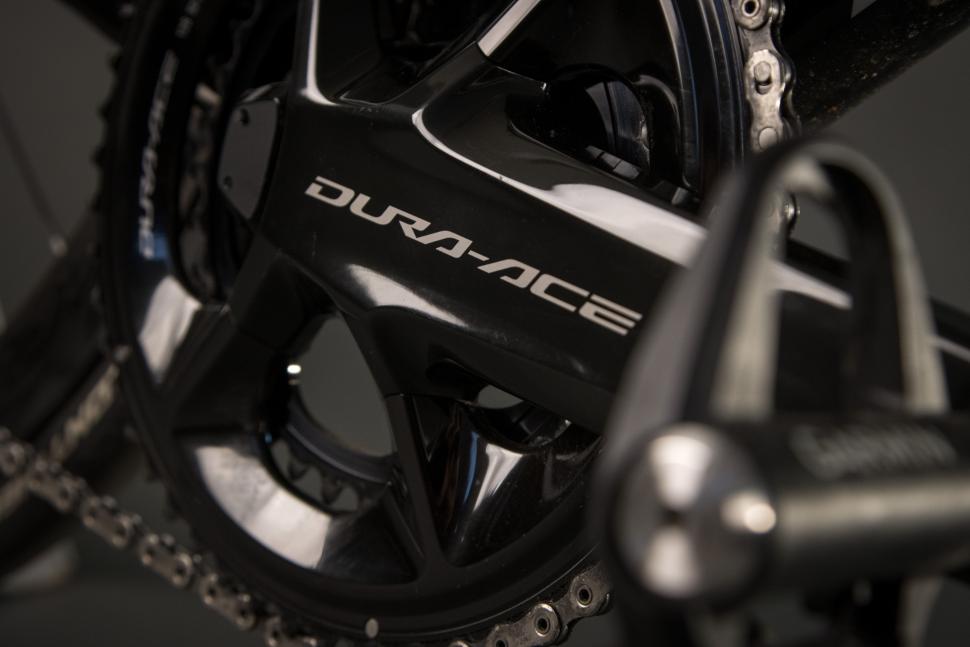
Add new comment
3 comments
Things you only see on pro race bikes #11: pro riders
And most of the times they are genetically gifted half your age lads
But they are stil riding on oil lubed chains that spoils all the OSWP and other gains ...
Also 12-speed Dura Ace